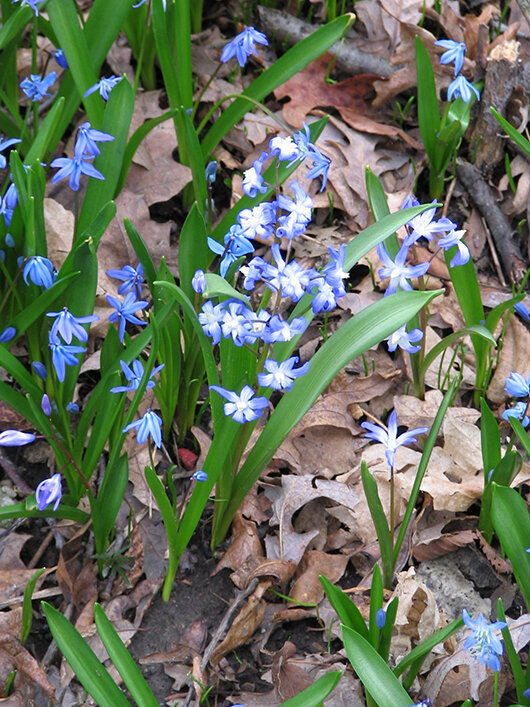Ephemeral Beauty
Winter Aconite, Eranthis hyemalis, is one of the first flowers to bloom.
What are spring ephemerals?
Did you know that some flowers begin growth in the winter? Spring ephemerals often start blooming before spring even arrives. Even now, with six inches of snow accumulation and a temperature of 14 degrees, winter aconite, scilla, , crocus, and many more are inching above ground, unfurling leaves, and producing flower buds. The best time to see these early beauties is approaching—they bloom from mid-March through April.
A crocus opens.
How do they grow?
The word ephemeral means momentary or short-lived. Thus, Spring ephemerals are aptly named—they appear and vanish in the blink of an eye. These woodland wild flowers take advantage of the very brief period between the start of spring thaw and the leaf-out of the forest canopy. They are extremely hardy and efficient because they must soak up every drop of pale winter sun before the canopy closes in and blankets them in shade.
Winter Aconite and snowdrops blanket the forest floor.
Winter aconite grows, flowers, and sets seed in a matter of weeks. Naturalizing bulbs like scilla and chionadoxa produce leaves almost overnight, photosynthesizing and storing their energy in the bulb for next year. As the weather warms and the trees begin capturing most of the light, these early ephemerals complete their life cycles or go dormant until next year.
Glory-of-the-snow, Chionodoxa lucilia, has an upturned flower with a white center. To the left, Scilla siberica has a darker blue bell-shaped flower.
Summer snowflake and colchicum species.
Where can I find them?
In the next couple of weeks, take a walk through Oakhurst woodland and the adjoining Colonnade garden. You will find scilla, crocus, snow drops, winter aconite, ,glory-of-the snow, and trillium. These species were introduced to the woodland by Elizabeth Ball beginning in the 1930s. Slowly they spread and naturalized throughout the forest floor. Now in 2015, we have the opportunity to enjoy a floral display more than 80 years in the making. So put on your winter boots and take a walk in the woods! By the time true spring arrives with its daffodils and tulips, our earliest ephemeral treasures will already be gone.
Oakhurst’s courtyard garden in late March
Naturalized scilla in Oakhurst woodland.






